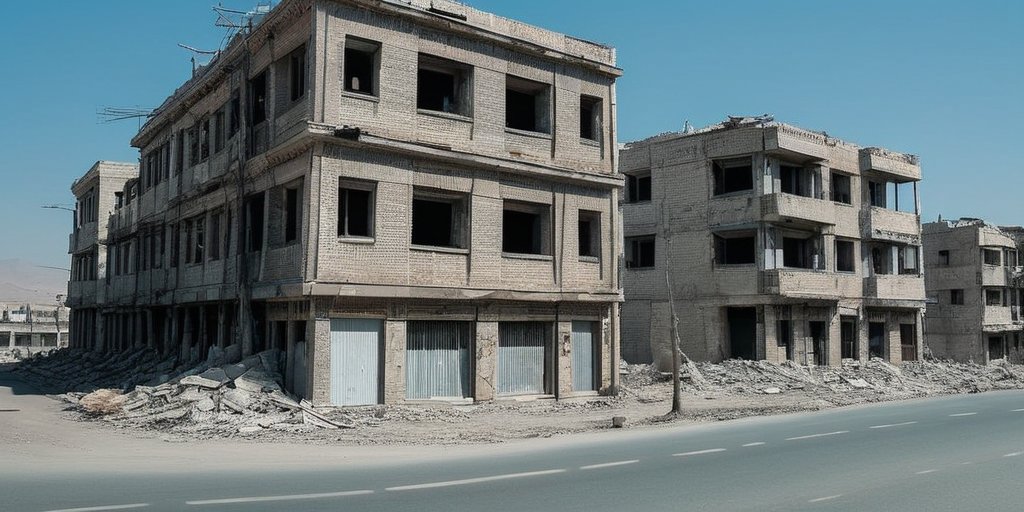In a dramatic turn of events, Iran’s Supreme Leader, Ayatollah Ali Khamenei, has found himself in a precarious position following a two-week war with Israel. Engulfed in a climate of fear and potential assassination threats from Israel, Khamenei has largely remained in seclusion, seemingly disconnected from the unrest that surrounds him.
Thanks to the efforts of US President Donald Trump and Emir of Qatar, a fragile ceasefire has emerged. Trump’s influence, reportedly urging Israel against an imminent assassination, has been critical in tempering immediate military aggression, yet the underlying tensions remain substantial. As Khamenei prepares to emerge from the shadows, he is met with a landscape of destruction and deep-seated resentment towards his leadership.
The war has devastated Iran’s military infrastructure, exposing the vulnerabilities of Khamenei’s rule. Critically, as opinion shifts among the populace, many Iranians direct blame at the Supreme Leader for his longstanding quest to confront Israel and the US economically and ideologically, culminating in colossal sanctions that have decimated the nation’s economy.
Eyewitness accounts and analyses forewarn that discontent is boiling over; as opposition figures remain sidelined or imprisoned, calls for change are growing louder. Professors and analysts speculate that differing factions within Iran’s leadership are beginning to question Khamenei’s strategies, highlighting significant fractures in unity as the country grapples with both external pressures and internal discord.
In the wake of military conflict, Iranian citizens displayed solidarity that diverged from governmental support, providing assistance to neighbors while harboring mixed feelings towards the regime’s oppressive tactics. As dissent grows and fundamental needs remain unmet, the dangers of a wounded regime retaliating against its own people loom large.
Meanwhile, Khamenei contemplates how to restore his credibility as he faces declining support both domestically and internationally. Should he fail to navigate this crisis successfully, he risks solidifying his legacy as potentially the last of the Supreme Leaders, according to political scholars. This turmoil underscores a critical moment not only for Khamenei but for the future of Iran—one that could pivot significantly based on continued engagement by foreign powers like the United States and the role of its leaders in the coming days.
As Trump’s interventions illustrate the complexity of international relations, the landscape in Iran is shifting dramatically. The perceived instability in Iranian leadership could set the stage for a new era in the region, further complicating relationships between Iran, Israel, and the United States.
